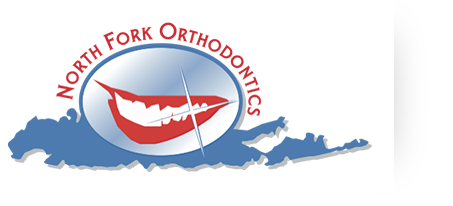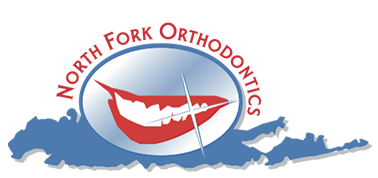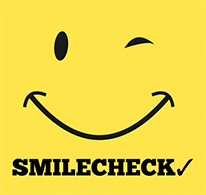
Types Of Appliances
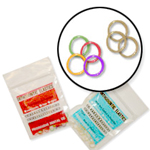
Elastics (Rubber Bands)
Rubber bands or elastics help your top and bottom teeth fit together better. Remember that rubber bands will work much better if you do what they say to do.
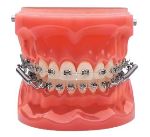
Forsus™
The Forsus Fatigue Resistant Device may stop the need for jaw surgery by helping teens grow and reducing the number of times they have severe overbites.
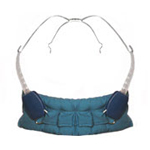
Headgear
People with an overbite (where the top jaw is in front of the bottom jaw) or an underbite (where the bottom jaw is in front of the top jaw) may benefit from wearing a headgear device. Headgear “pulls” on your upper teeth and jaw, stopping them from growing any further forward
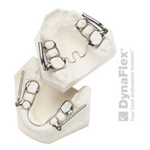
Herbst® Appliance
With the Herbst® device, the lower jaw is moved forward and the upper teeth are moved back. Most of the time, this fixed device is used on younger children, and it stays in place for about a year before it needs to be changed.
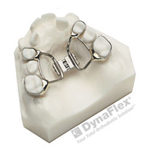
Palatal Expander
By gently pushing on your upper teeth, the palatal expander “expands” your upper jaw as you get used to it. Your orthodontist will tell you when and how to change the place of your expander. Wearing the device for a long time after the desired expansion will help keep the expansion and stop it from going backward.
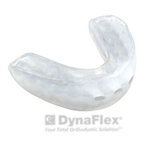
Positioners
Positioners are used to move the last set of teeth during the last part of your orthodontic treatment. With your full help, you should only use the positioner for four to eight weeks.
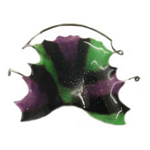
Retainers
The retainers on these devices could be taken out or left in place. After your teeth have been straightened, these retainers keep them in their new places. Your orthodontist will tell you how to take care of and wear your retainer so that it stays in good condition. If you wear your retainer as instructed, you might be able to keep your treatment from going backward.
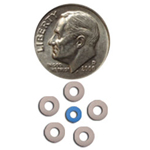
Separators
If you need something to keep your teeth apart, orthodontic bands will be put on at your next appointment. Before we put the bands on, we’ll take out the dividers. Sticky foods, toothpicks, and floss are not good for separators.
Twin-block Appliances
The twin block appliance is made up of two separate appliances that work together to move the lower jaw forward (one for the upper arch and one for the lower arch). This device is easy for the patient to use and should be worn all the time, even when eating. It can be taken off, though, so it’s easy to clean. It is also more comfortable than jaw-correcting devices that came before it because it is made of smooth acrylic and has fewer cables.
One benefit of a twin block appliance is that it makes you look better and keeps your temporomandibular joint stable and healthy.
MARA Machine
The therapy used in orthodontics is called MARA, which stands for Mandibular Anterior Repositioning Appliance. It can’t come off, and it helps the lower jaw grow. This means that severe overbites can be fixed without extractions or orthognathic surgery.
MARA can be attached to teeth with bands, crowns, or other anchoring devices. The back teeth hold the lower attachments in place. Your orthodontist may tell you to take off the top attachments as part of your treatment plan.

